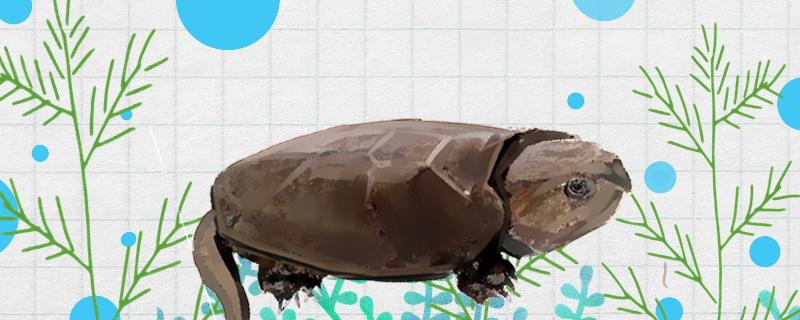 1. Layout of breeding environment for olecranon
1. Layout of breeding environment for olecranon 1. Water quality: The olecranon has a high demand for water quality. In the wild environment, they live in rivers in the mountains, and the water quality in the mountains is better. Long-term life in the mountains is of great help to the health of chickpeas. If you change water frequently in the artificial breeding environment, it will cause the eyes of chickpeas to fester, and its abdominal and carapace will also fester. Therefore, when feeding, it is necessary to ensure the cleanliness of water quality.
2. Food: The main food of chickpeas is small fish, shrimp, bugs and so on. It doesn't eat plants. Its feeding is carried out in water, and its feeding speed is relatively slow. In the artificial breeding environment, if the eagle-billed turtle can't eat all the food, it should be fished out in time to avoid damaging the water quality. Checkbill turtles are very irregular, so they should be fed 1-2 times a day. If the temperature of water is below 20 ℃, feed it less or not.
3. Water temperature: When raising chickpeas, the water temperature should not be too high, and the maximum temperature should not exceed 32 ℃. If the temperature is too low, the olecranon will slowly become unable to eat, and the lowest temperature should not be lower than 15 ℃, otherwise it will affect the normal eating and physical condition of the olecranon. Avoid direct sunlight in breeding, and chickpeas don't like high temperature.
2. How to prevent diseases in chickpeasThe chickpeas have strong life and resistance, and generally do not get sick. If the artificial breeding is not good, the chickpeas will also suffer from malnutrition. The water quality must be kept clean, the surrounding environment should be cool, and there should be no direct sunlight. If it is farmed outdoors, it should be shaded in time. The feeding water level should be divided into two areas, the deep water level should be 30-50cm, and the shallow water level should be 10-20cm. The breeding ground should also set up a back-drying platform, and put some Stone in water on the back-drying platform. In this way, diseases can be effectively avoided.